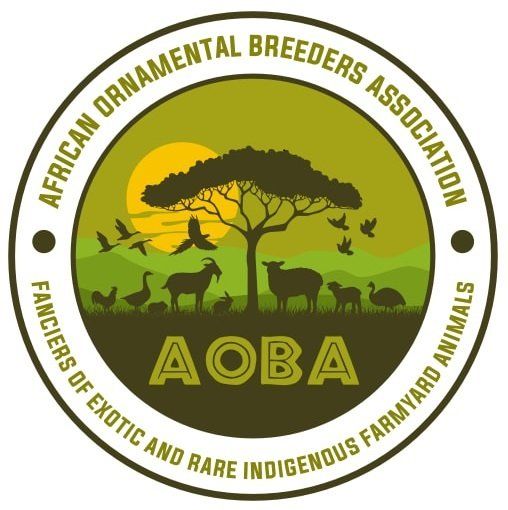Prepare animals for the show.
Prepare animals for the show.
At the show the animals will be judged by an official judge. This will test the animal against the different characteristics described in the official standard, taking into account the state of the breed and the color variety. In addition, he or she will also check whether the animals have been brought in condition: Is the animal dirty, has the feathering been badly damaged or is the animal in moult? Is it still too young to be exhibited? Does it suffer from vermin? Does it show symptoms that could indicate illness?
These factors certainly have their influence on the final predicate that the animal will receive and it is therefore important to ensure that the judge will always answer 'no' to the above questions. All this is only possible if you give your animals optimal care in terms of food and housing. So preparing the animal for an exhibition starts on the first day of life. Some breeds require adapted housing, such as breeds with heavy foot feathering or special hair structures. To be able to present the animals in perfect condition, you will have to meet these needs. Ask an experienced breeder for advice, who will certainly want to help you further!
Just before the show there is little to change the condition of the animal, except for a final toileting of the animals. The legs and the ring are cleaned so that the judge can read them clearly. The combs are lightly greased so that they shine beautifully. The last loose hairs are brushed out of the fur and an incorrectly colored feather or hair is carefully removed. Ask an experienced breeder for the first time, because not just any feather can be pulled out! Check for a last time for vermin and treat if necessary a few days before the show, so that these 'roommates' have disappeared.
For animals that go to an exhibition for the first time, it is interesting to first let them get used to an exhibition cage at home. In the familiar environment the animal will get used to these new circumstances more easily, so that the animal behaves quietly in the cage at the show. This is not only better for the animal, it will also show itself better, so that it can also have a positive influence on the predicate. Some breeds with a very typical posture need to be trained by hand. Ask an experienced exhibition breeder for advice.
When the animals are cage-trained and the last toilet is done, the animals are placed in a clean transport box that is sufficiently spacious and sufficiently ventilated. They are now ready to be taken to the show.

